Are you tired of the never-ending social media grind? Of permanently changing algorithms that restrict your account reach from one day to the other and constantly try to push you towards paid ads? Are you fed up with superficial connections, say follow for follow, like for like, comment for comment?
Are you looking for a more calculable way to get your art noticed and a more meaningful way to build connections?
But maybe social media works still pretty well for you and you’re just looking for another way to get exposure as an artist.
In any case, the best way for artists to get spotted is to build your own website.
With your own website, you can share and speak about your art freely—without any limitations in design, space, or word count. But that’s not all. You can also share inspiration, tips and advice based on your experiences, and connect with other artists. You can be sure that the people who read your posts, drop a comment or sign up for your mailing list have a genuine interest in your artwork and your content.
Your artist website will be the first thing that comes up when someone searches for you on the web and it’s an absolute must-have if you want to create a sense of professionalism and trustworthiness.
If that’s not yet convincing enough for you, here are 10 Reasons Why You Should Make A Website For Your Art. ʕᴖᴥᴖʔ
…and creating exposure for a website is way more straightforward than for any social media account. Because, as opposed to Instagram and the like, Google offers you a whole lot of helpful articles on how to make your site get found in the search!
Search engine ranking criteria are not like the nebulous algorithmic clutter you know from social media. SEO is based on clear benchmarks you can rely on and there are real SEO experts you can learn from.
My website took off so quickly because I’m doing some things right. I know what site structure you need, how to research keywords, how to optimize your blog posts, grow your email list, and get organic traffic.
I’ve walked down the path you are planning to go.
In this eGuide I’m showing everything I did—and more—to create an artist website for success!


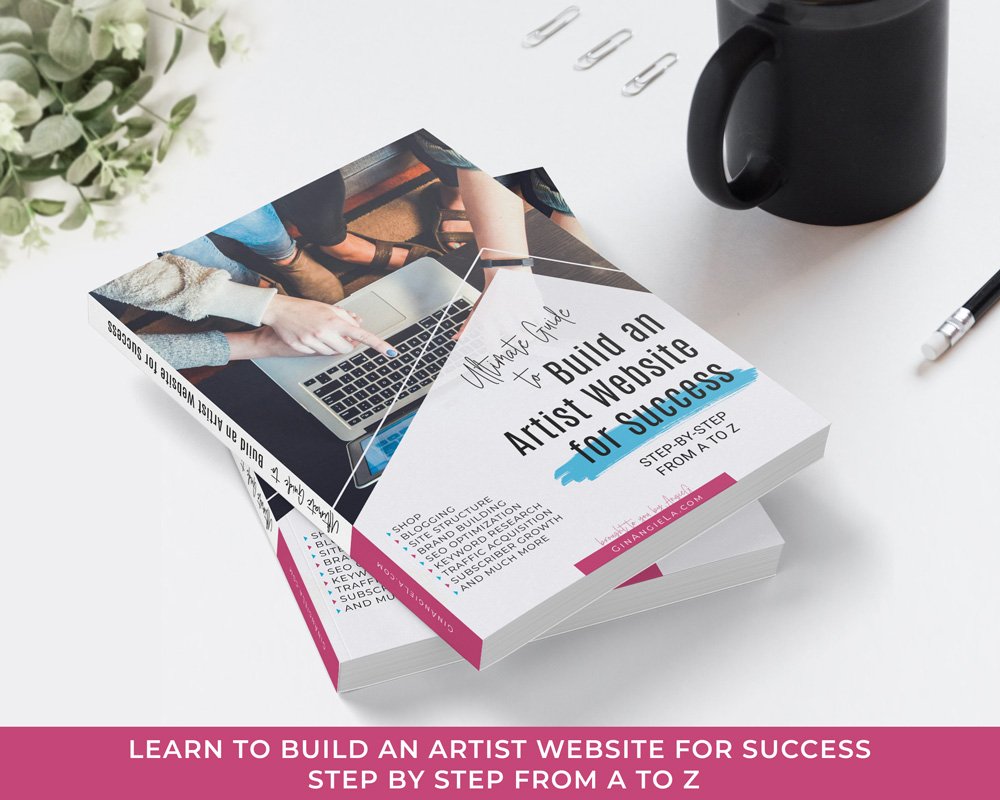

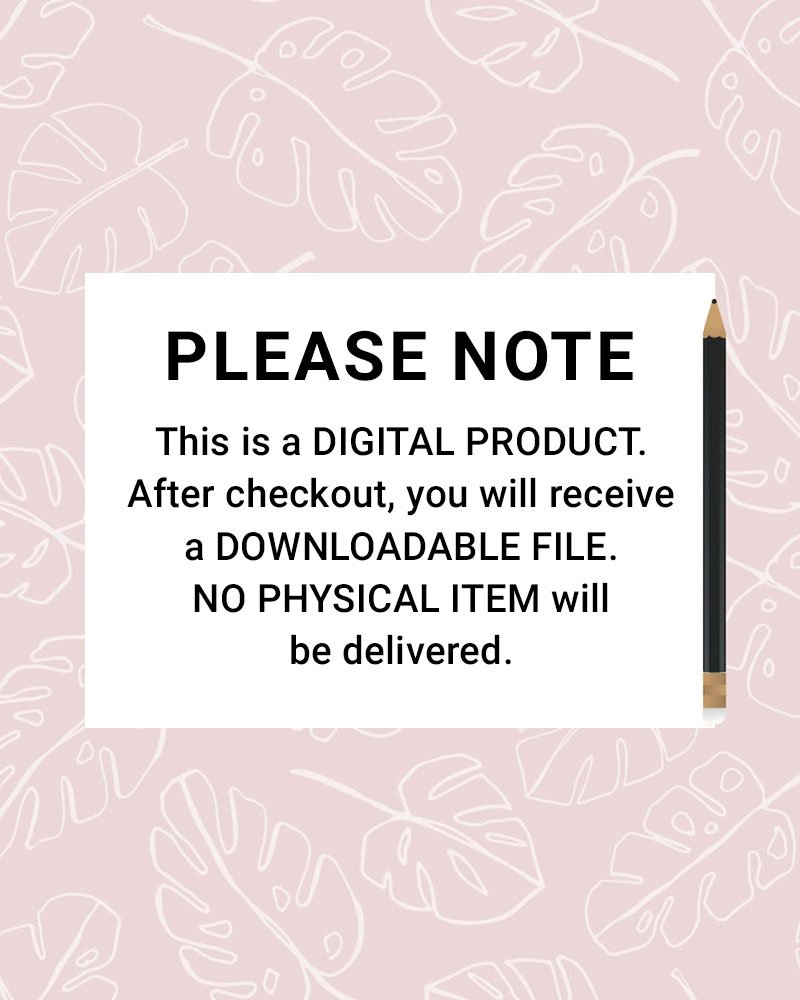
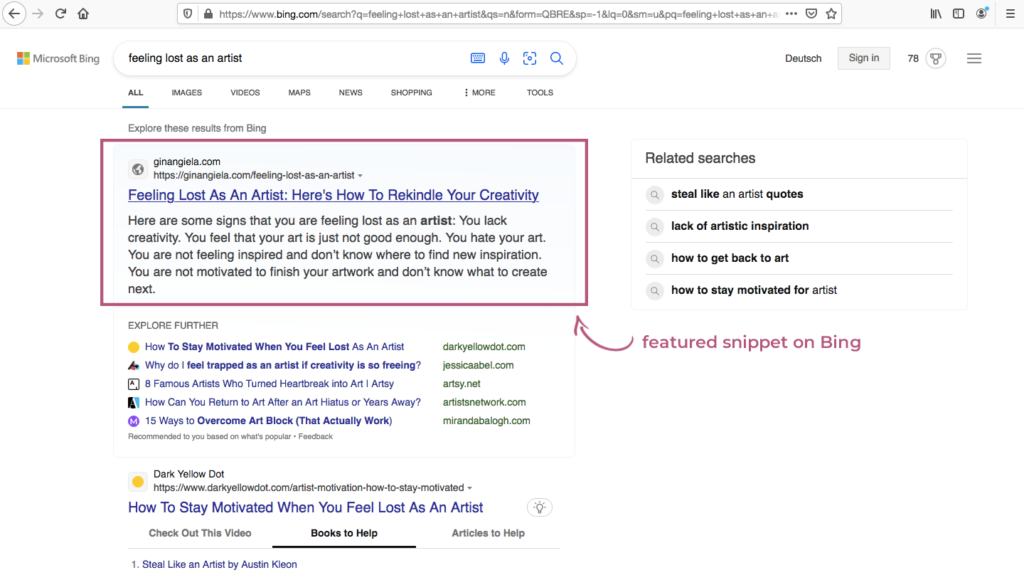


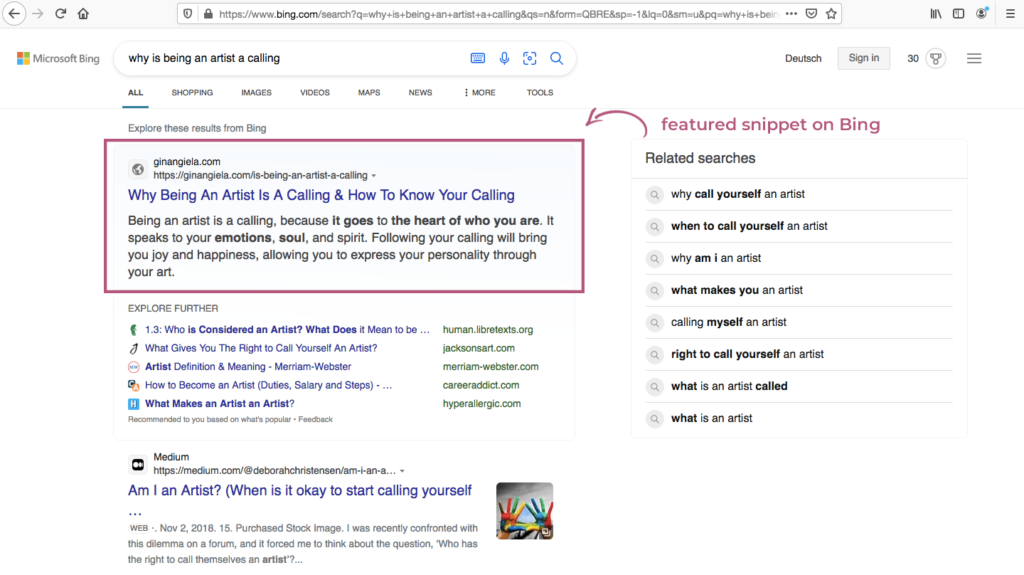


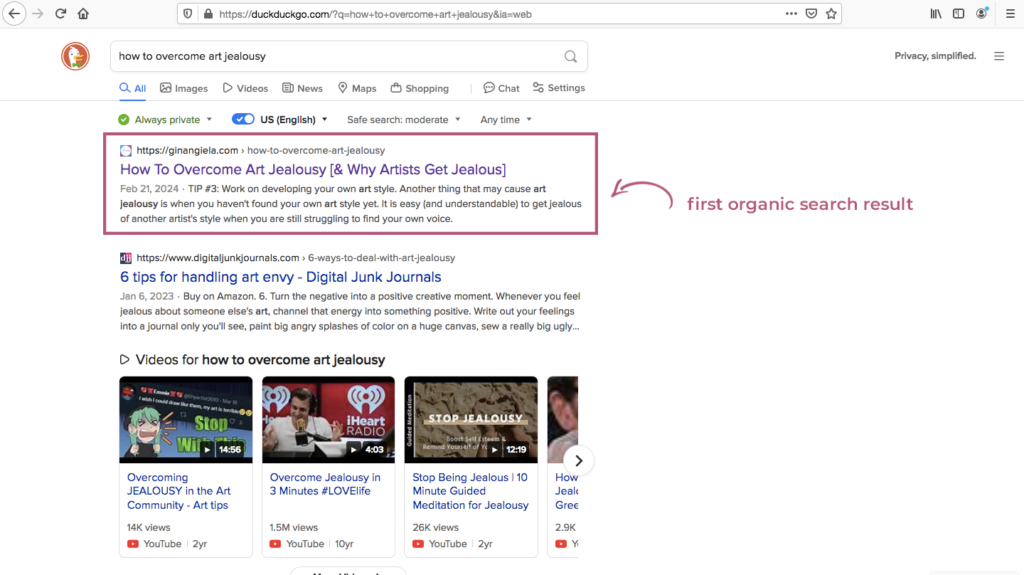

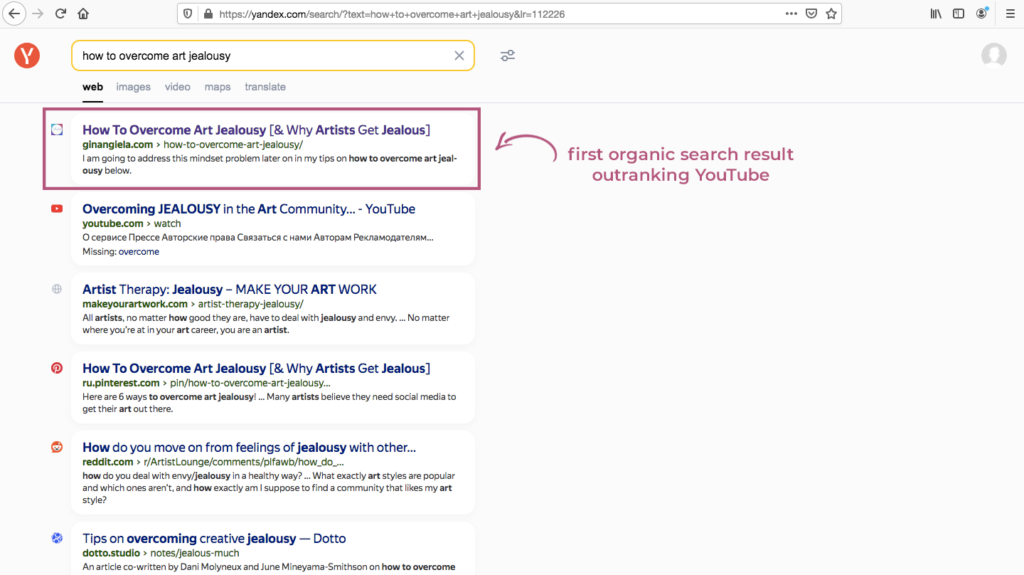




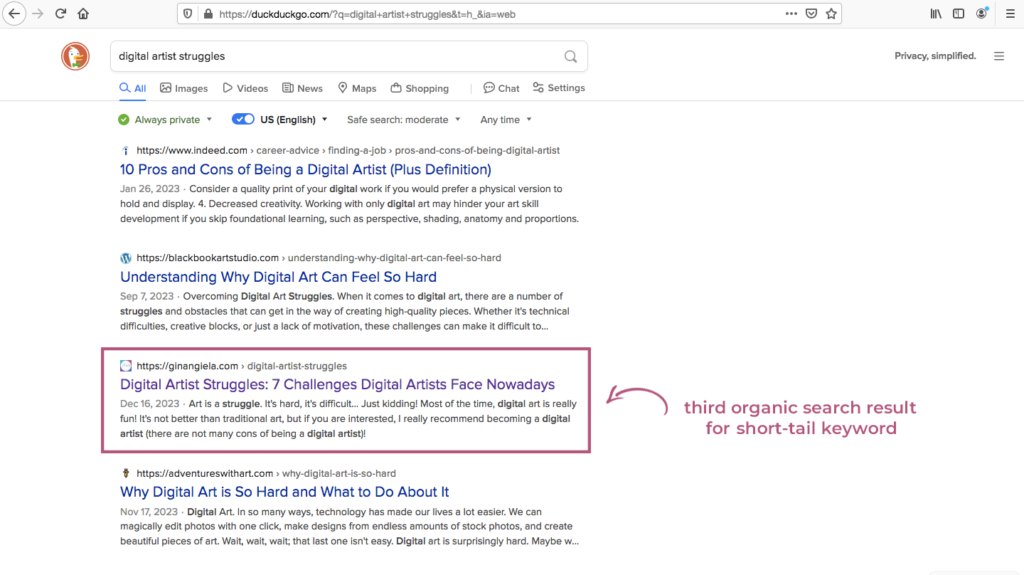
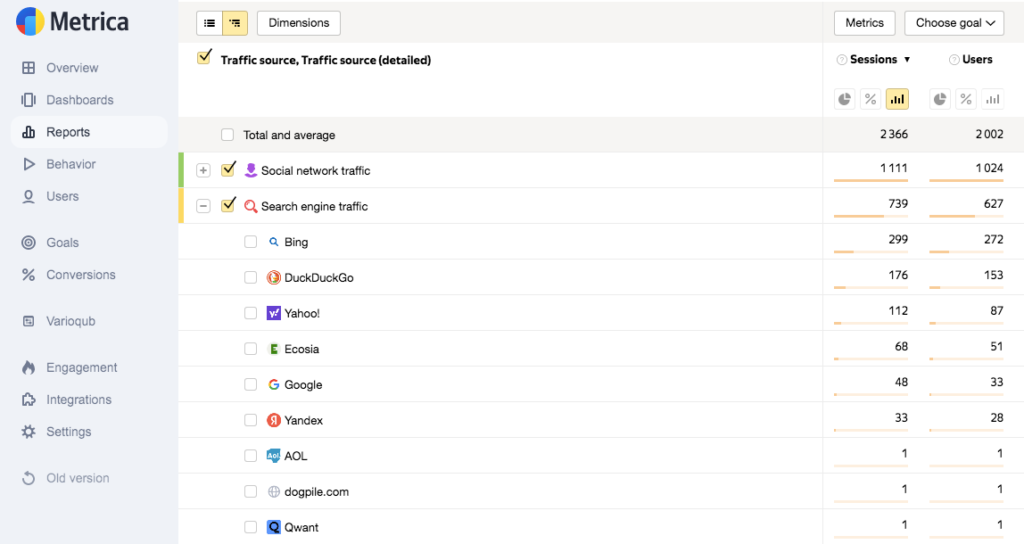

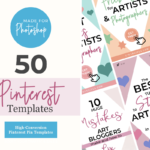
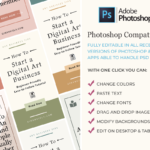
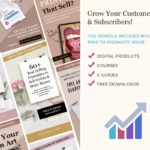
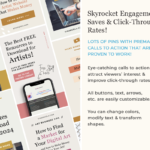
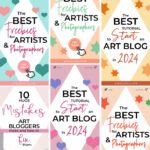


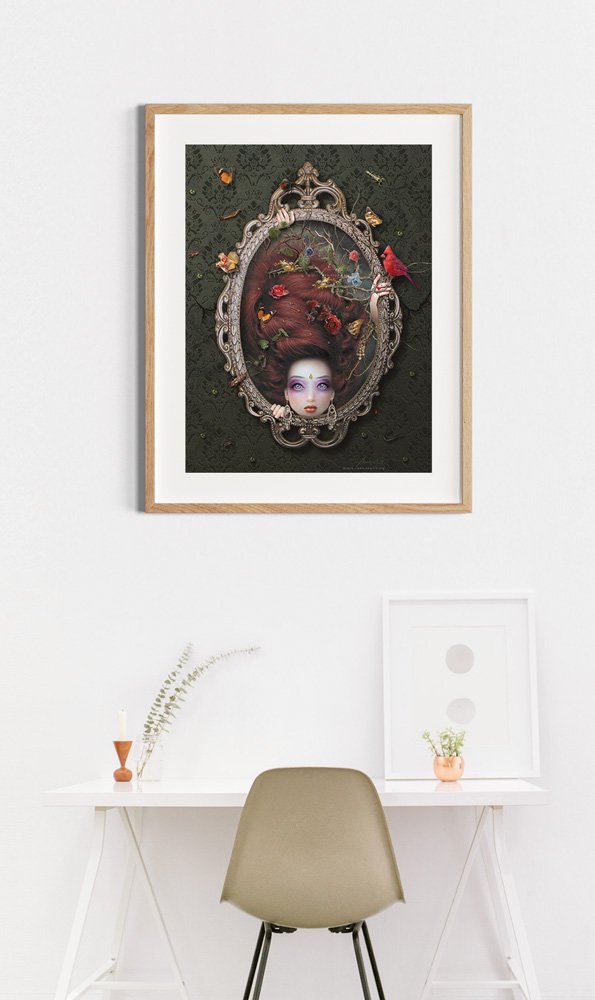

Margaret –
This guide is a game-changer! As an artist with limited technical skills, I was intimidated by the idea of building a website. However, the step-by-step instructions made the process straightforward and manageable. The emphasis on SEO has already improved my site’s visibility, and I’ve noticed an increase in visits from search engines. Highly recommend!
Lindsay –
Transitioning from social media to my own website seemed daunting, but this guide provided all the tools I needed. The sections on branding and blogging were particularly helpful. The investment has already paid off with increased engagement and sales. : )